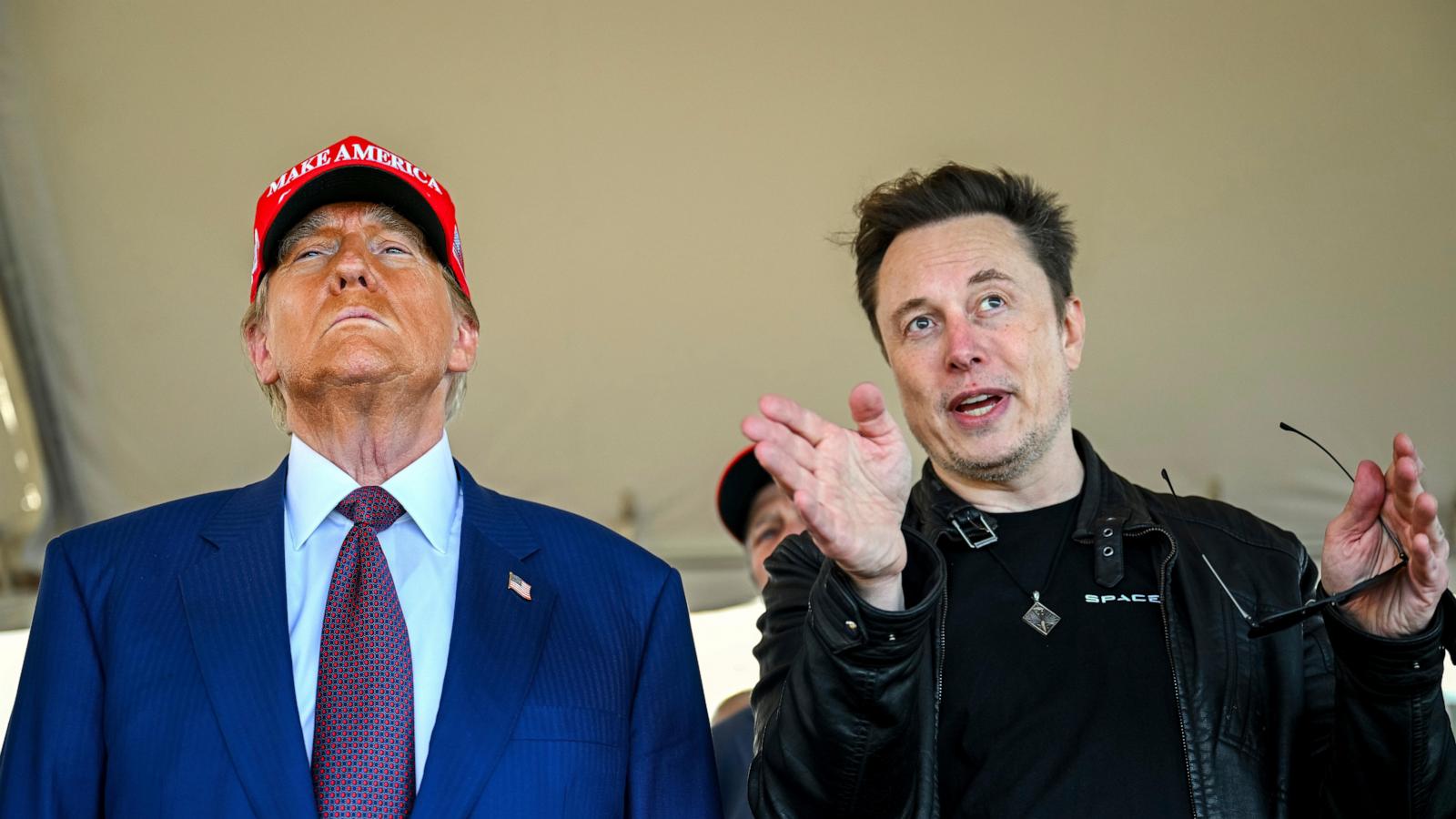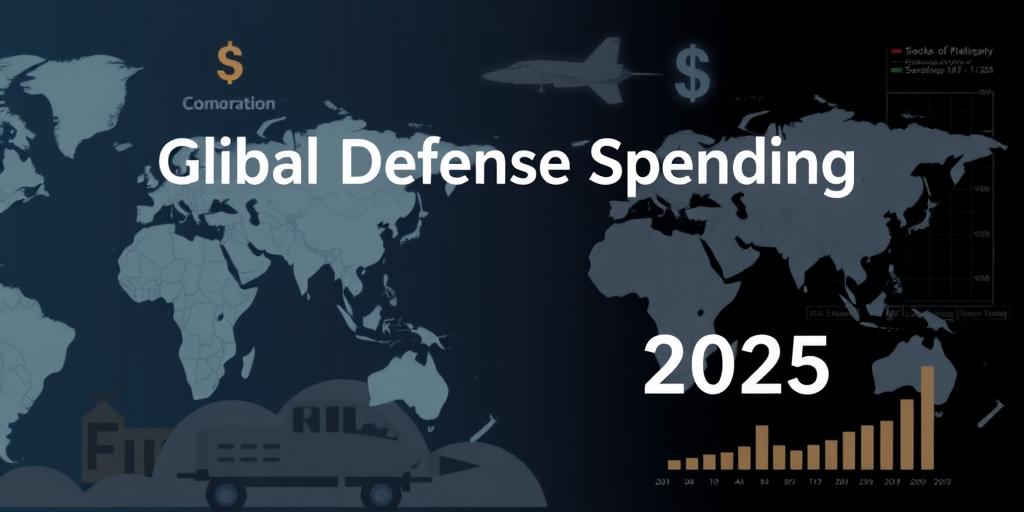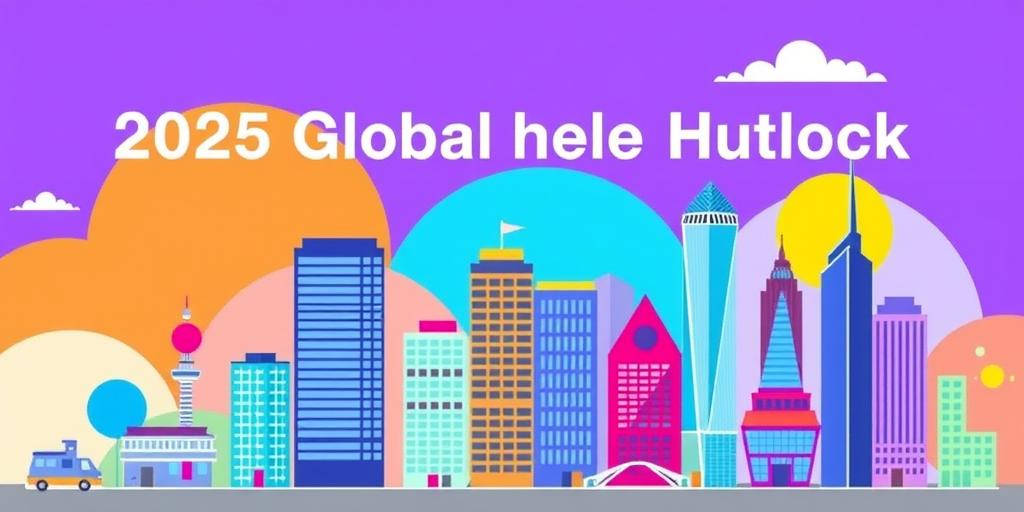Trump's Immigration Stance: A House Divided?
Donald Trump's unwavering stance on immigration has long been a cornerstone of his political brand, a rallying cry for his fervent supporters. However, a recent online clash between factions of his base reveals a surprising rift: a divergence of opinions on the crucial issue of immigration, particularly regarding highly skilled workers. This conflict has exposed underlying contradictions within Trump's coalition, raising critical questions about his potential leadership and policy decisions.
The Great Immigration Divide
The debate ignited when Laura Loomer, a prominent figure within the Trump camp known for her provocative statements, condemned Trump's selection of Sriram Krishnan as his AI policy advisor. Krishnan advocates for increased skilled immigration, a position seen as at odds with Trump's stringent immigration policies.
The Tech Industry's Plea
The technology sector and leading figures like Elon Musk and Vivek Ramaswamy contend that attracting and retaining highly skilled foreign workers is not simply desirable but essential for innovation and competitiveness. They see restrictive immigration policies as an obstacle to progress.
Clashing Ideologies
The clash highlights a central tension in Trump's movement: between staunch proponents of his 'America First' immigration platform, and those who value economic growth and innovation. The latter group views skilled worker immigration not as a threat, but as a vital element to support technological development and economic expansion.
This dissonance is further complicated by Trump's past actions, as his administration did pursue policies designed to enhance scrutiny of H-1B visas in line with his pro-American jobs stance. This reveals a complex and potentially shifting landscape when considering Trump's broader immigration stance, extending beyond simple support of stricter immigration measures.
Examining Trump's Shifting Stances
Throughout his career, Trump's positions on immigration have appeared to reflect the changing needs and preferences of his constituency. From hardline promises of mass deportation and the criticism of H-1B visas, to the surprising proposal for automatic green cards for graduating foreign students, his stance has demonstrated flexibility, revealing the dynamic nature of his platform and its relationship to political strategy.
Balancing Acts
His support for skilled worker visas is clearly inconsistent with his general anti-immigration rhetoric. While appealing to certain factions of his base through hardline measures has proven successful, this new divide may complicate future decision-making regarding issues involving both immigration and economic policy. It shows a desire to please the tech elite and gain economic leverage through tech innovation while appeasing long-time, traditionally anti-immigration supporters within his base.
Economic and Political Calculations
Trump's seeming about-face might reflect not simply fluctuating views, but carefully made strategic choices—balancing his need for both broad popular support and strong ties within influential economic spheres. This balancing act underscores the difficulties inherent in navigating highly sensitive issues, which necessitate appeasing potentially divergent interest groups.
The Future of Trump's Immigration Policy
As the 2024 presidential election approaches, the question of Trump's immigration stance hangs large. Will he continue to embrace the hardline measures of his past campaigns, potentially alienating segments of the technology sector and high-skilled workforce?
A Balancing Act for a Divided Base
Navigating the contradictions within his coalition demands a clear and consistent articulation of policy, capable of mitigating growing fissures within his political support base. The potential impact of policy choices surrounding highly skilled workers must be considered alongside maintaining core support from those within his traditionally anti-immigration base.
Predictions and Analysis
Given his history of embracing diverse positions and policies, a prediction about Trump’s ultimate immigration stance would require in-depth understanding of his policy team's perspectives, current policy recommendations, and likely future political strategy. One way to consider this is in light of his likely electoral calculations—that is, understanding how particular positions influence voters who hold disparate views regarding economic competitiveness versus traditional protectionism on immigration.
Take Away Points
- The debate reveals a split within the Trump camp: a division between proponents of his anti-immigration stance and those who embrace economic policies that are more open to immigration.
- Trump's past statements and actions show that he is not only flexible in his stance on immigration but may also actively engage in pragmatic approaches that shift to appeal to varying political segments.
- The outcome of Trump's potential approach to this topic may hinge on several variables, including considerations of political gain, the recommendations of trusted political advisors, and prevailing circumstances during the next election cycle.









